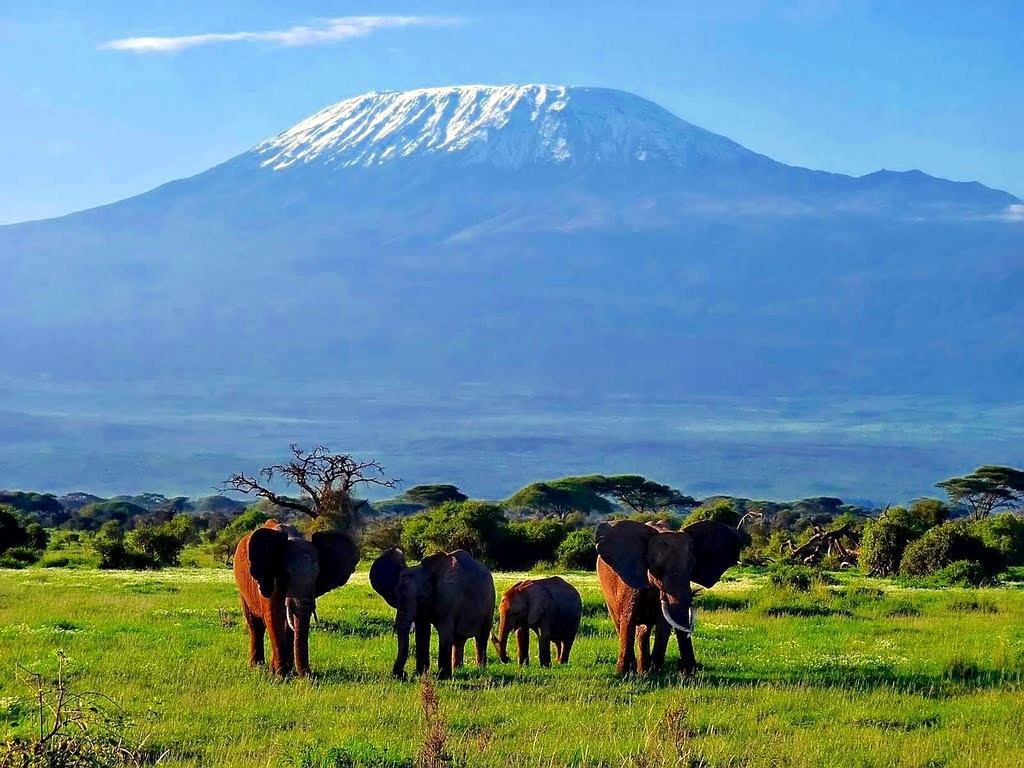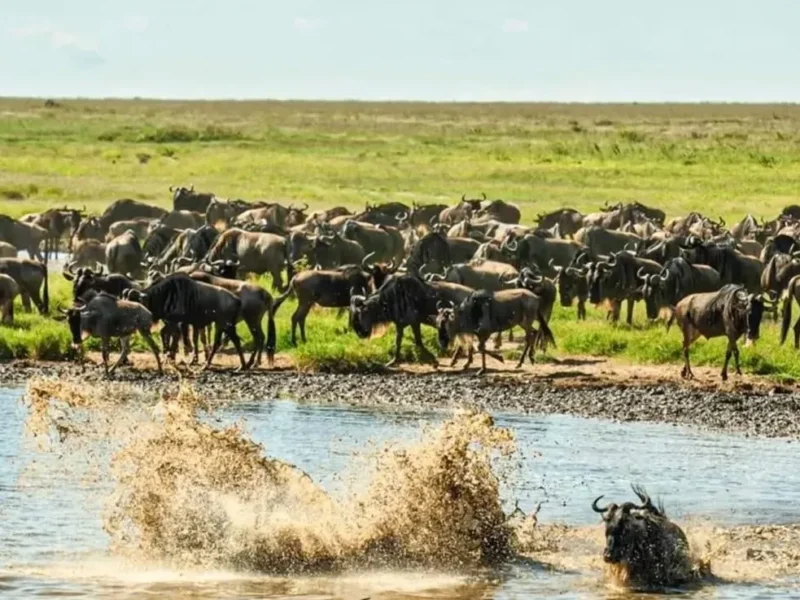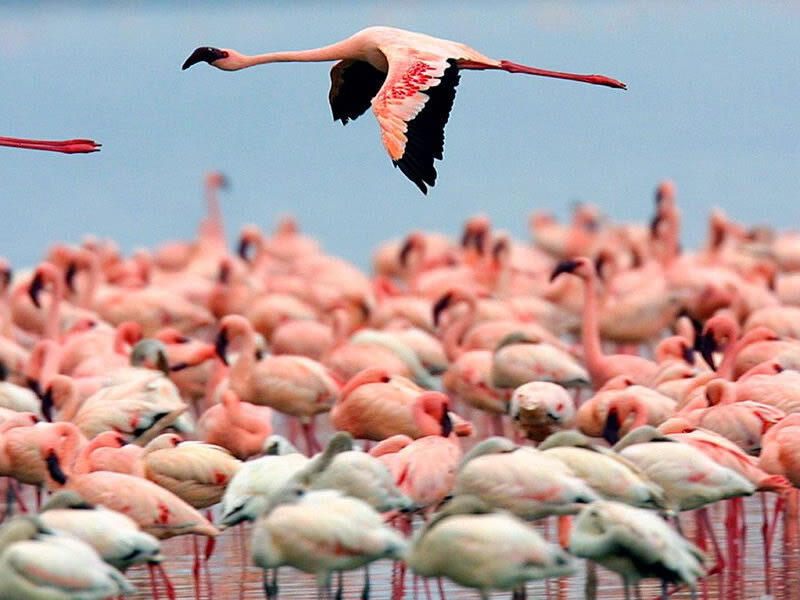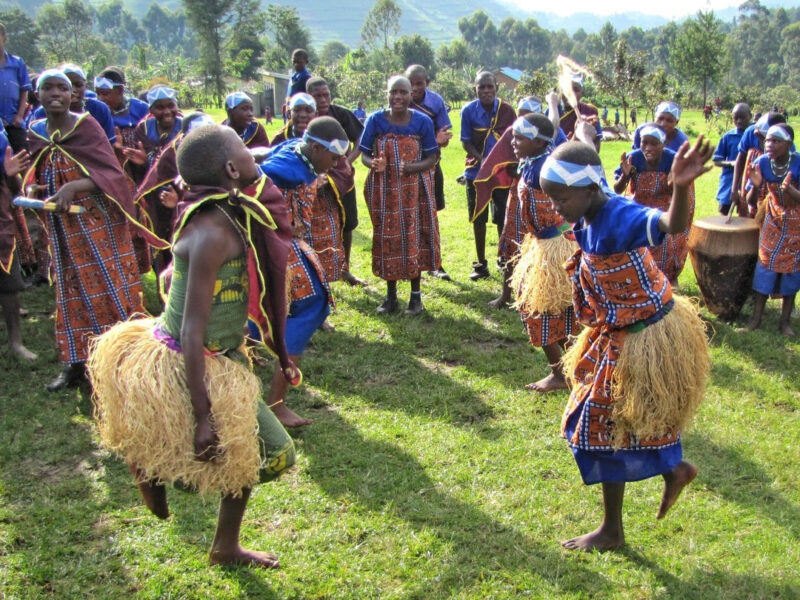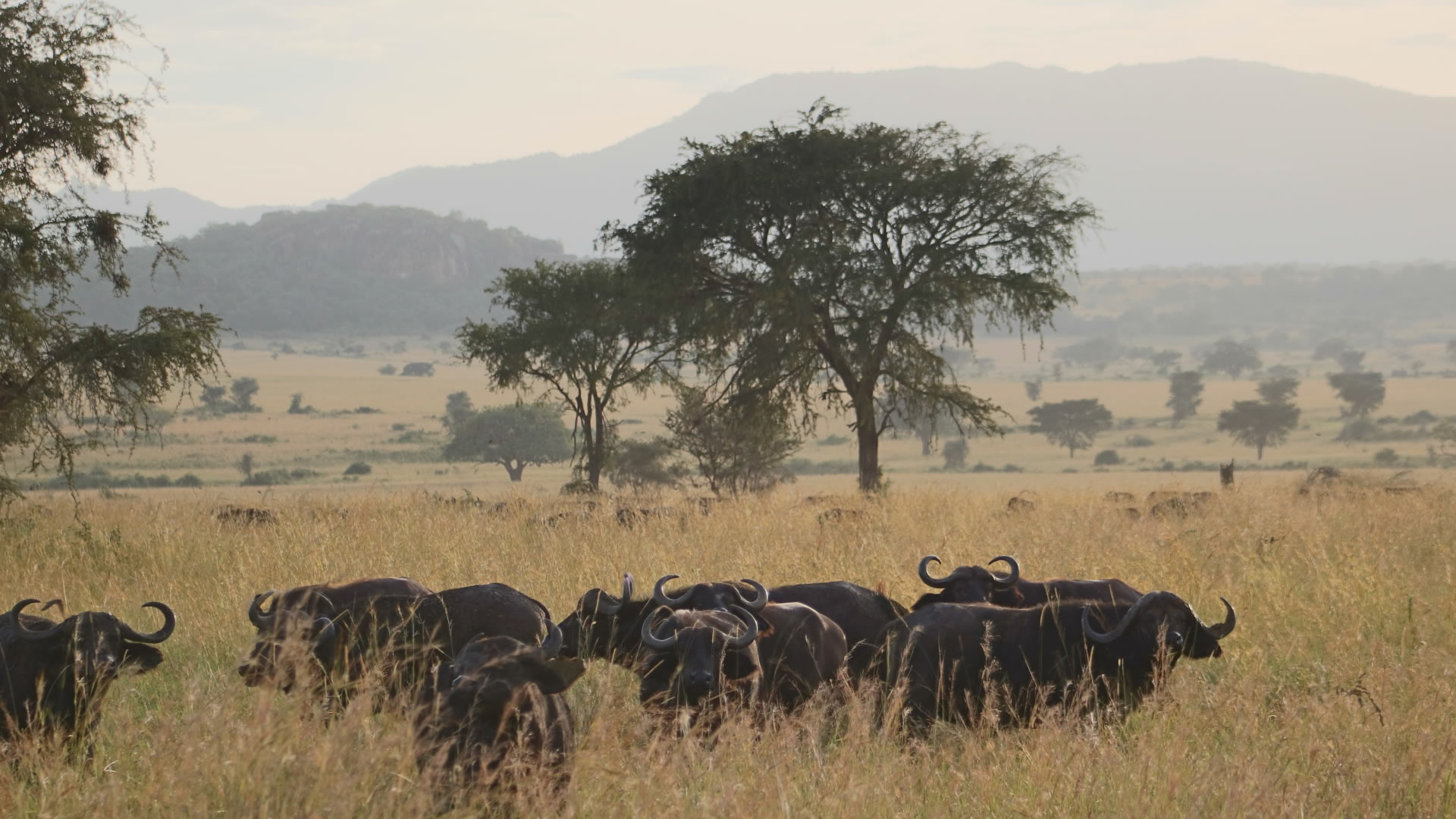
Kidepo Valley National Park
April 1, 2025
Nairobi National Park
April 1, 2025Rwenzori Mountains National Park
Rwenzori Mountains National Park is one of Uganda’s most breathtaking and unique protected areas, known for its stunning scenery, incredible biodiversity, and rich cultural heritage. Often referred to as the “Mountains of the Moon”, the Rwenzori Mountains offer visitors an unparalleled experience, combining beautiful mountain landscapes with an adventurous trek into one of the most biologically diverse areas in the world.
Overview of Rwenzori Mountains National Park
– Location: The park is located in western Uganda, on the border with the Democratic Republic of Congo (DRC), within the Rwenzori Mountains range. It lies about 350 kilometers (220 miles) west of Kampala, Uganda’s capital, and approximately 64 kilometers (40 miles) from Kasese.
– Size: The park covers an area of 998 square kilometers (385 square miles), stretching over a significant part of the Rwenzori Mountain Range.
-Established: Rwenzori Mountains National Park was designated a national park in 1991 and was later recognized as a UNESCO World Heritage Site in 1994, due to its exceptional biodiversity and pristine natural beauty.
The Rwenzori Mountain Range
The Rwenzori Mountains are one of Africa’s most prominent mountain ranges and are famous for their towering peaks, glaciers, and waterfalls. The range stretches for about 120 kilometers (75 miles), with its highest peak, Mount Margherita, standing at 5,109 meters (16,761 feet). This makes it the third-highest mountain in Africa after Mount Kilimanjaro and Mount Kenya.
The mountains are known for their unique combination of ecosystems, ranging from tropical forests to alpine meadows and glaciers, which create a haven for a wide variety of plants and animals. The Rwenzori Mountains are also the source of the White Nile river, which originates from the glaciers on the mountains’ summits.
Biodiversity in Rwenzori Mountains National Park
Rwenzori Mountains National Park is a biodiversity hotspot, offering some of the most varied ecosystems in Uganda, ranging from lowland rainforests to alpine glaciers. The park is home to hundreds of species of plants, birds, and animals, including several endemic species.
1. Flora
The flora of the Rwenzori Mountains is extraordinary, with many species found nowhere else in the world. As you ascend the mountains, you pass through distinct vegetation zones, each offering its own unique plant species.
– Tropical Rainforest Zone: At the lower altitudes (around 1,000 to 2,500 meters), the forests are thick with giant trees, ferns, and lianas (tropical vines). Common species include Rafters (a kind of tree fern), Wild banana, and Piper.
– Montane Forest Zone: At altitudes of 2,500 to 3,500 meters, the forests give way to bamboo and tree heathers.
– Alpine Zone: At higher elevations (above 3,500 meters), the environment is marked by giant groundsel and lobelia, plants adapted to harsh, cold conditions.
– Glaciers and Snow: At the highest elevations (above 4,500 meters), you find glaciers and permanent snow. These areas are home to a sparse range of plant life, but they contribute to the mountain’s stunning, dramatic beauty.
2. Fauna
The fauna of the Rwenzori Mountains is equally impressive, with several species endemic to the region and some of Africa’s most elusive animals.
– Primates: The park is home to several primate species, including the chimpanzee, which is found in the lower forests, and the Rwenzori colobus monkey, which is endemic to the region. Other monkeys include the blue monkey, black-and-white colobus, and red-tailed monkeys.
– Mammals: Larger mammals found in the park include the mountain gorilla, which occasionally strays into the park from nearby Virunga and Bwindi areas, as well as elephants, buffalo, and antelopes. The forest elephant, a smaller version of the African elephant, is sometimes spotted in the forested areas.
– Birdlife: Rwenzori is a birdwatching haven, with over 200 bird species recorded, including the Rwenzori turaco (endemic to the area), harlequin quail, yellow-eyed black flycatcher, and various species of eagles and hornbills. The area also serves as a key habitat for several migratory birds.
– Insects: The park is home to a large number of insects, including butterflies and endemic moth species.
3. Reptiles and Amphibians
The park is also home to a range of reptiles and amphibians, including chameleons, snakes, and frogs, many of which are endemic to the Rwenzori region.
Trekking in Rwenzori Mountains National Park
Trekking in Rwenzori Mountains National Park is one of the most rewarding experiences for adventure enthusiasts and nature lovers. The park offers a range of trekking opportunities, from day hikes to multi-day expeditions that take you to the mountain summits.
– Rwenzori Trekking Routes: The most popular trekking route is the Central Circuit, which typically takes 6-8 days and leads trekkers through all of the park’s major ecosystems. This trek takes you up to the Bujuku Lake, Kachope Lakes, and Margherita Peak.
– Mount Margherita: The summit of Mount Margherita, 5,109 meters above sea level, is a challenging climb that requires technical expertise. It is one of the most sought-after summits for mountaineers in Africa.
– Bujuku Valley: The Bujuku Valley is another popular trek, offering dramatic views of glaciers and pristine lakes.
– Lower Elevation Trails: For those who prefer a less strenuous hike, there are shorter treks that lead to scenic spots like the Nyamwamba River or the Kilembe Mines area, offering picturesque views of the valley below.
Activities in Rwenzori Mountains National Park
1. Nature Walks and Hiking
Guided nature walks are available for those who want to explore the lower elevations and the park’s surrounding villages. These walks allow you to immerse yourself in the local culture and the rich biodiversity of the forest.
2. Birdwatching
Due to its incredible birdlife, Rwenzori is a paradise for birdwatchers. Some of the best birdwatching can be done along the trails, where you might spot the endemic Rwenzori turaco or other rare species.
3. Cultural Tours
There are opportunities to engage with the local Bakonzo and Bamba communities who live around the base of the Rwenzori Mountains. Visitors can learn about traditional farming, crafts, and local customs.
4. Photography
The dramatic landscapes, abundant wildlife, and vibrant local culture make Rwenzori Mountains National Park an excellent destination for photographers looking to capture the natural beauty of Uganda.
Conservation and Challenges
Rwenzori Mountains National Park faces several conservation challenges, including:
– Climate Change: The glaciers of the Rwenzori Mountains are retreating due to climate change which could impact the entire ecosystem in the region. The loss of glaciers affects water sources and has broader environmental implications.
– Encroachment: There is occasional encroachment by local communities for farming and firewood collection, which threatens the park’s biodiversity.
– Poaching: Poaching of wildlife, particularly elephants and primates, is also a challenge, though there are concerted efforts to combat this through stronger park management and security measures.
Getting to Rwenzori Mountains National Park
– By Road: Rwenzori Mountains National Park is about 64 kilometers (40 miles) from Kasese, and about 350 kilometers (220 miles) from Kampala. The park can be accessed via Kasese by road, and it takes approximately 1.5 to 2 hours from Kasese to the park’s entrance.
– By Air: There is a small airstrip in Kasese, and visitors can also fly to Entebbe International Airport and then take a domestic flight to Kasese or drive.
Accommodation in Rwenzori Mountains National Park
– Luxury Accommodation: There are high-end lodges near the park, such as Rwenzori View Guest House and Mountains of the Moon Hotel in Kasese.
– Mid-range Accommodation: Various options are available in the nearby town of Kasese.
– Camping: For more adventurous travelers, there are campsites in the park, including Bujuku Camp, which is located along the trekking route.
Best Time to Visit Rwenzori Mountains National Park
The best time to visit Rwenzori Mountains National Park is during the dry season, which runs from December to February and June to September. These months offer more accessible roads and better weather for trekking. However, the park can be visited year-round, though it can get quite rainy from March to May and October to November.
Conclusion
Rwenzori Mountains National Park offers a unique combination of adventure, biodiversity, and stunning landscapes, making it one of Uganda’s most incredible natural treasures. Whether you’re looking to trek to the top of Africa’s third-highest peak, explore pristine forests, or engage with local cultures, Rwenzori is a must-visit destination for nature lovers and adventure seekers.

